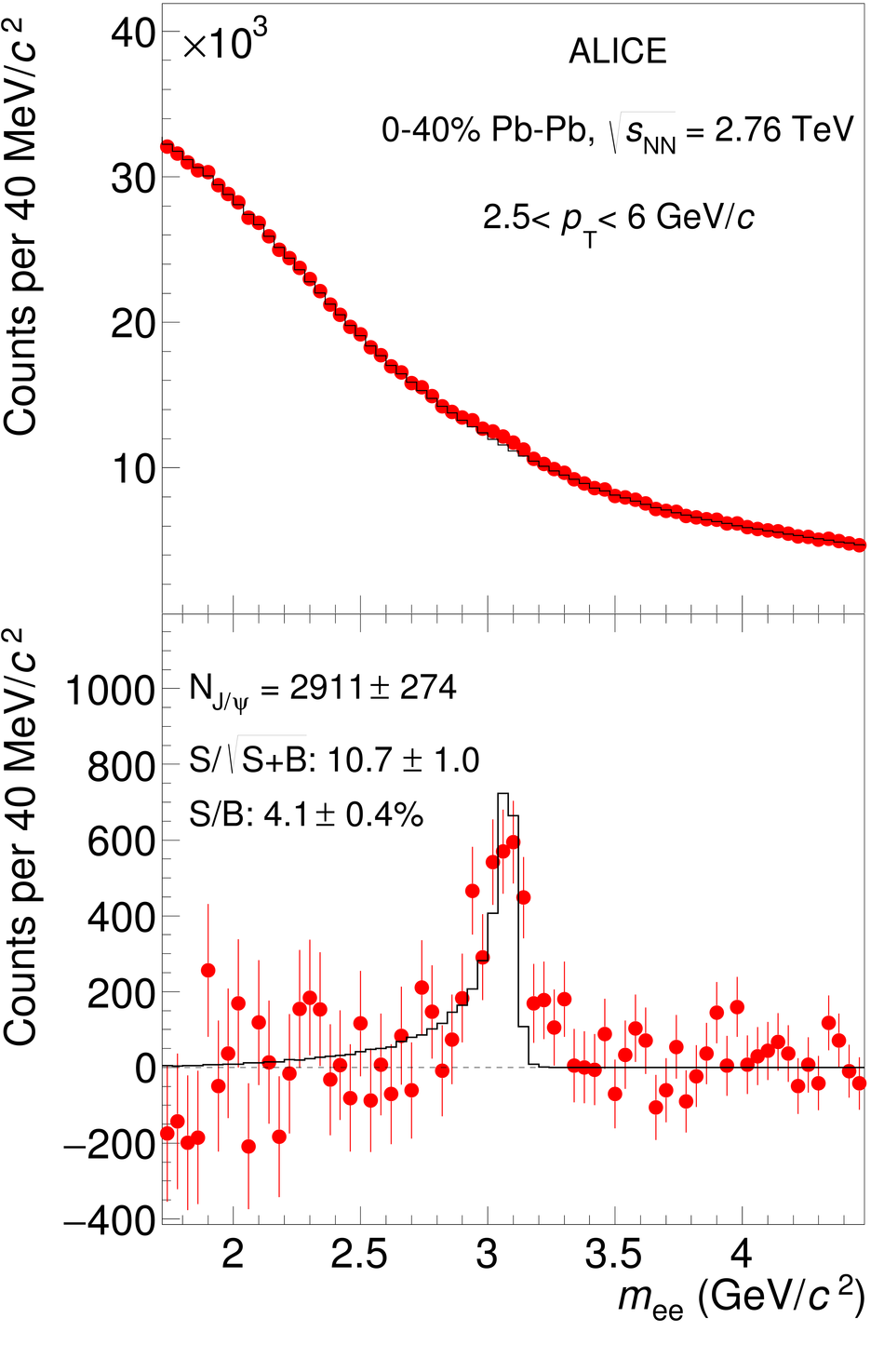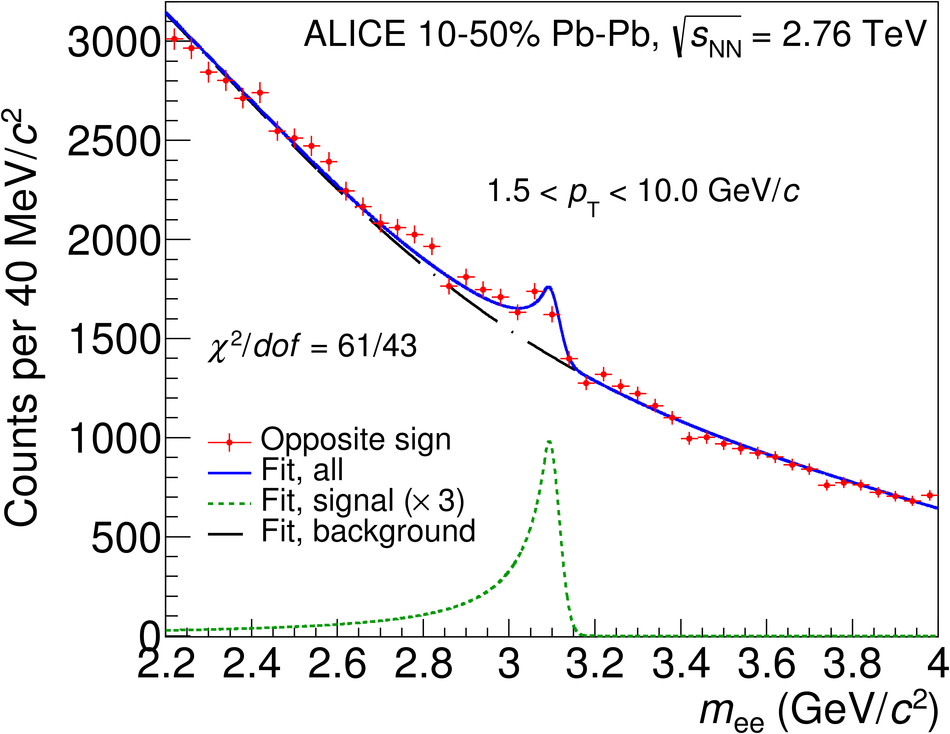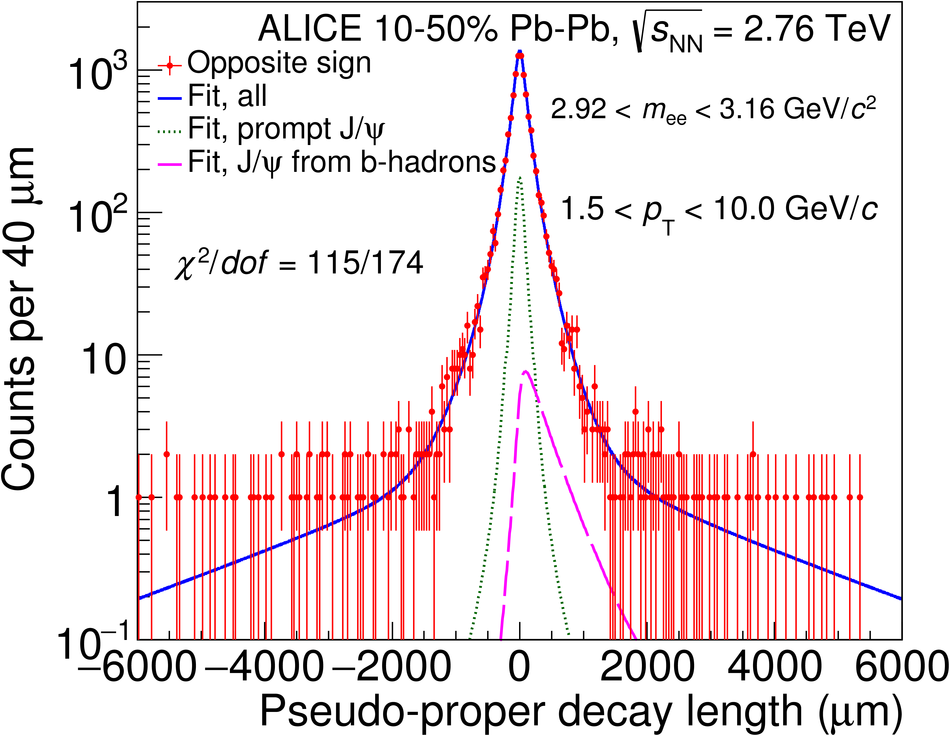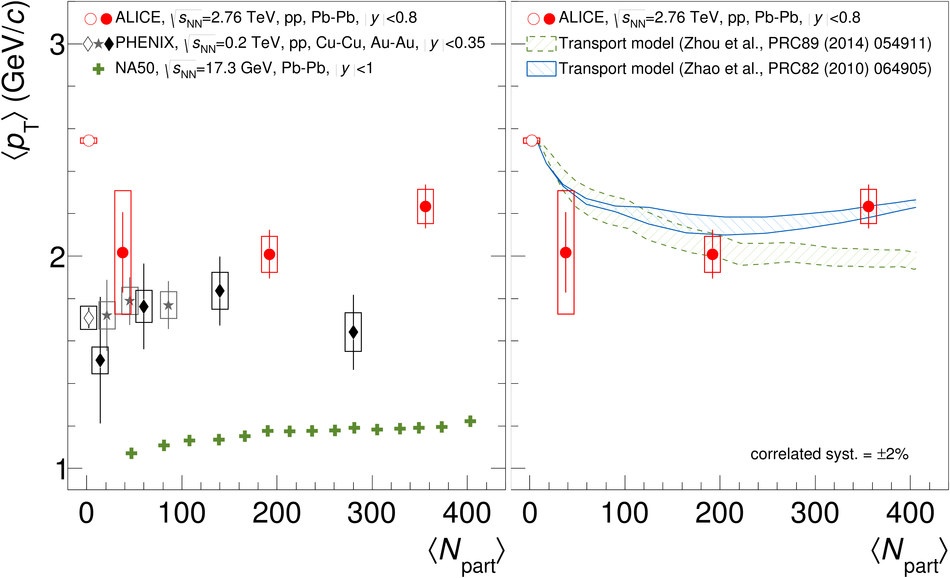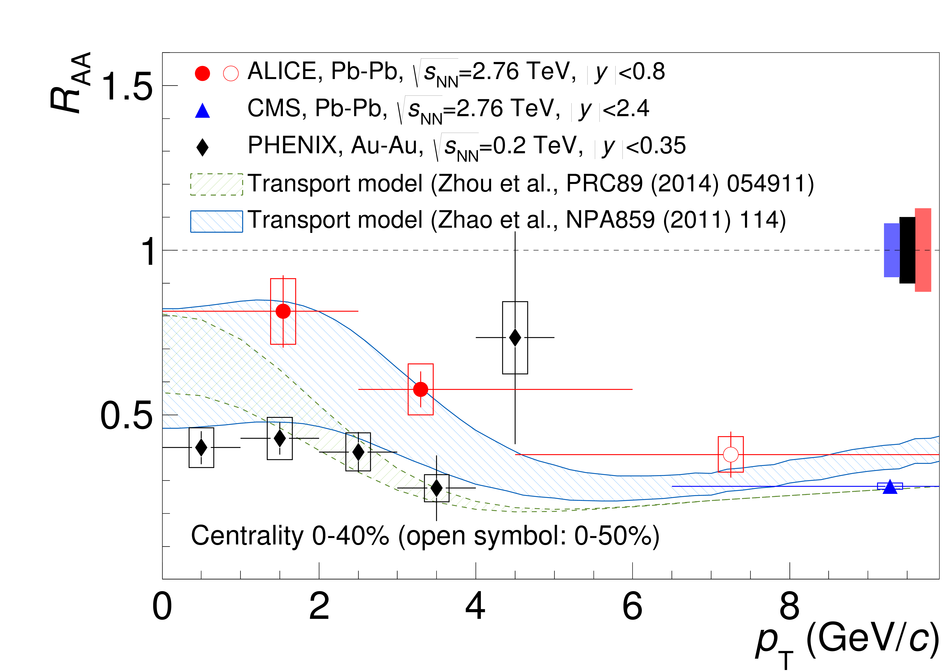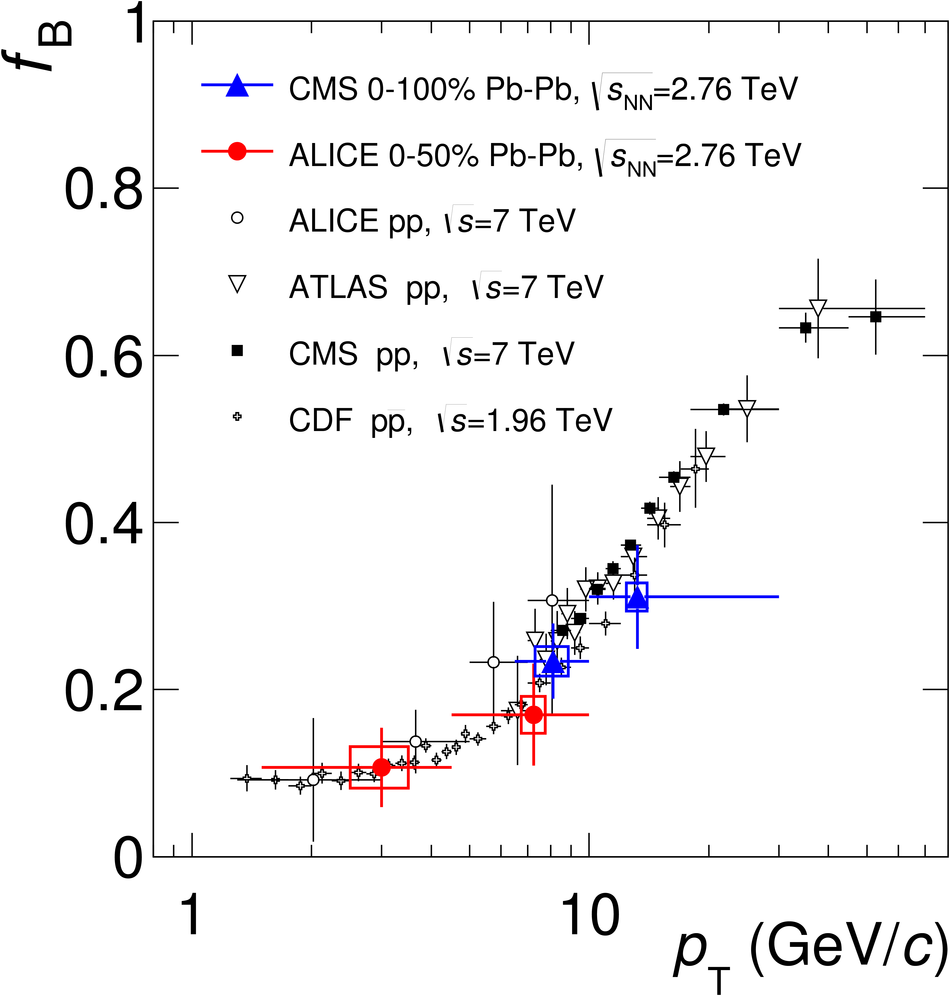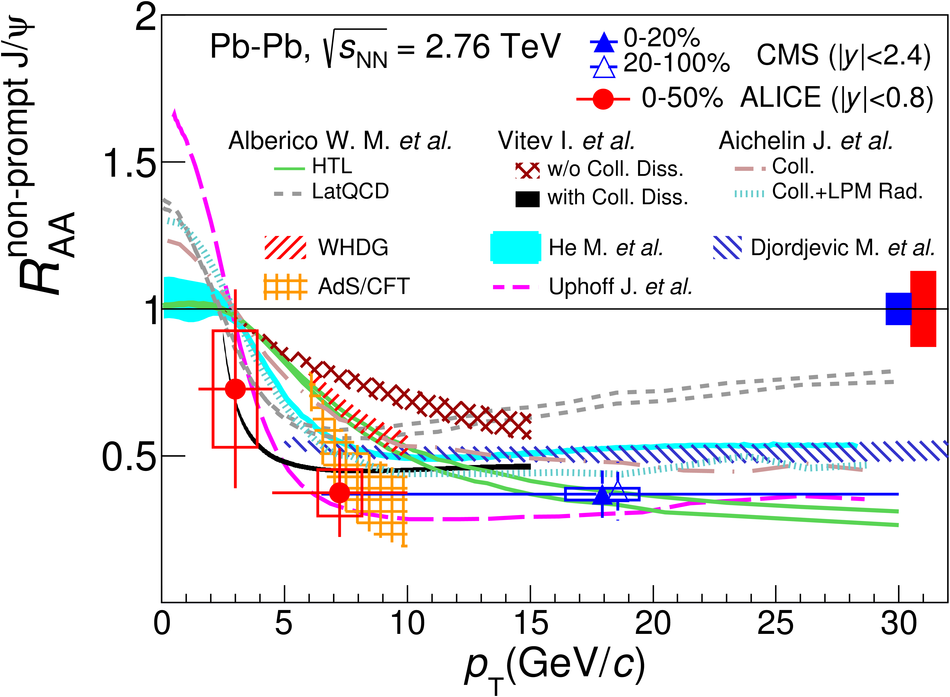The transverse momentum ($p_{\rm T}$) dependence of the nuclear modification factor $R_{\rm AA}$ and the centrality dependence of the average transverse momentum $\langle p_{\rm T}\rangle$ for inclusive J/$\psi$ have been measured with ALICE for Pb-Pb collisions at $\sqrt{s_{\rm NN}}$ = 2.76 TeV in the e$^+$e$^-$ decay channel at mid-rapidity ($|y|<~0.8$). The $\langle p_{\rm T}\rangle$ is significantly smaller than the one observed for pp collisions at the same centre-of-mass energy. Consistently, an increase of $R_{\rm AA}$ is observed towards low $p_{\rm T}$. These observations might be indicative of a sizable contribution of charm quark coalescence to the J/$\psi$ production. Additionally, the fraction of non-prompt J/$\psi$ from beauty hadron decays, $f_{\rm B}$, has been determined in the region $1.5 <~ p_{\rm T} <~ 10$ GeV/c in three centrality intervals. No significant centrality dependence of $f_{\rm B}$ is observed. Finally, the $R_{\rm AA}$ of non-prompt J/$\psi$ is discussed and compared with model predictions. The nuclear modification in the region $4.5 <~ p_{\rm T} <~ 10$ GeV/c is found to be stronger than predicted by most models.
JHEP 07 (2015) 051
HEP Data
e-Print: arXiv:1504.07151 | PDF | inSPIRE
CERN-PH-EP-2015-092


